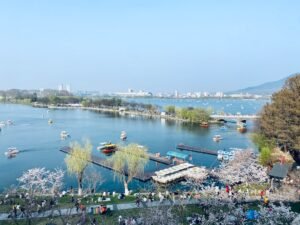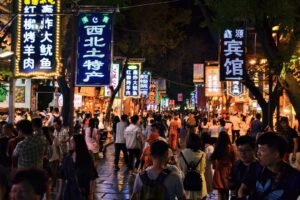
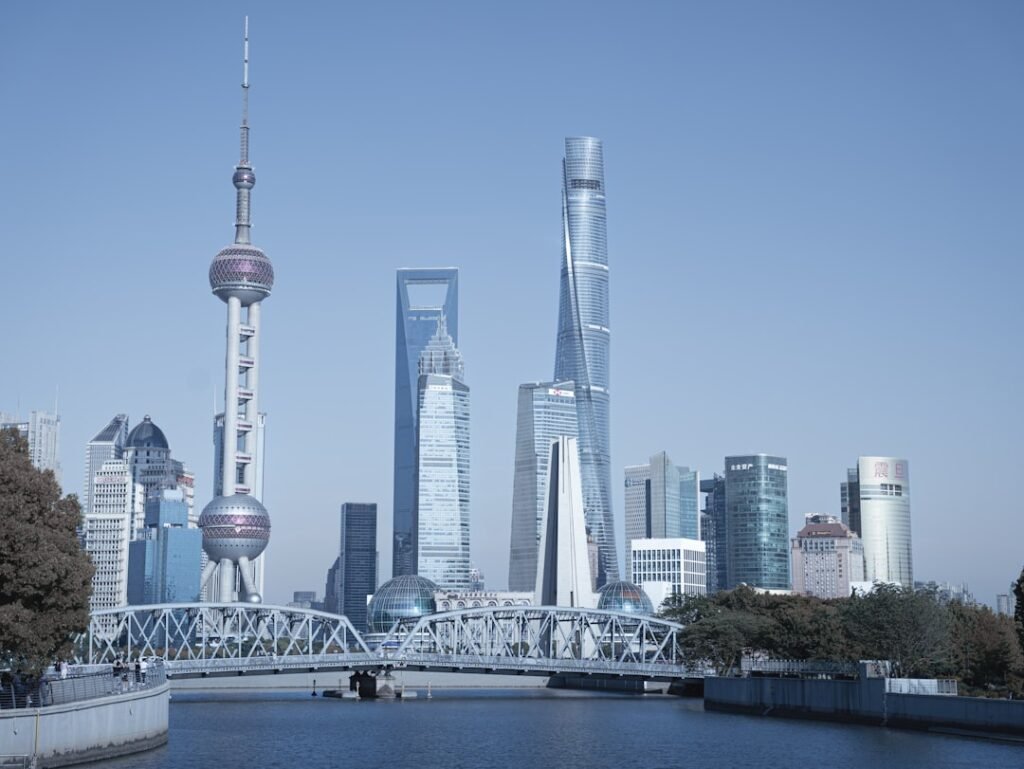
Essential Chinese Phrases for Your Time at the Airport
When embarking on a journey to a new country, the first step often involves mastering the art of greetings and introductions. In many cultures, a warm greeting can set the tone for a positive interaction. In Norway, for instance, a simple “Hei” (Hello) is commonly used among friends and acquaintances.
However, when meeting someone for the first time, it is customary to extend a handshake while maintaining eye contact, which conveys sincerity and respect. This initial exchange can pave the way for deeper conversations and connections. In addition to verbal greetings, non-verbal cues play a significant role in introductions.
A friendly smile can go a long way in making others feel at ease. When introducing oneself, it is polite to state your name clearly and perhaps share a little about your background or purpose for being in the area. This not only helps to break the ice but also invites the other person to share their own story, fostering a sense of camaraderie. Start learning Chinese at the NLS Norwegian Language School in Oslo now!
Table of Contents
ToggleSummary
- When greeting someone in the UK, a simple “hello” or “hi” is often sufficient, and a handshake is a common form of introduction.
- When asking for directions, it’s polite to start with “Excuse me, could you tell me how to get to…” and to thank the person for their help.
- When making reservations, it’s important to confirm the details and thank the person for their assistance.
- When ordering food and drinks, it’s customary to say “please” and “thank you” to the server.
- Express gratitude and politeness by saying “thank you” and “please” in various situations, such as when someone holds the door open for you or when asking for a favour.
Asking for Directions and Information
Navigating unfamiliar surroundings can be daunting, but knowing how to ask for directions can alleviate much of that anxiety. When seeking guidance, it is essential to approach someone with a polite demeanor. Phrases such as “Excuse me, could you help me find…?” or “Do you know where I might locate…?” are effective ways to initiate the conversation.
In Norway, locals are generally friendly and willing to assist, so don’t hesitate to ask for help. When receiving directions, it is beneficial to listen attentively and take notes if necessary. Many people may use landmarks or street names that are unfamiliar, so asking for clarification is perfectly acceptable.
Phrases like “Could you repeat that, please?” or “What does that look like?” can ensure you fully understand the instructions given. Additionally, using a map or navigation app can complement verbal directions, making it easier to reach your destination without unnecessary detours.
Making Reservations and Confirmations
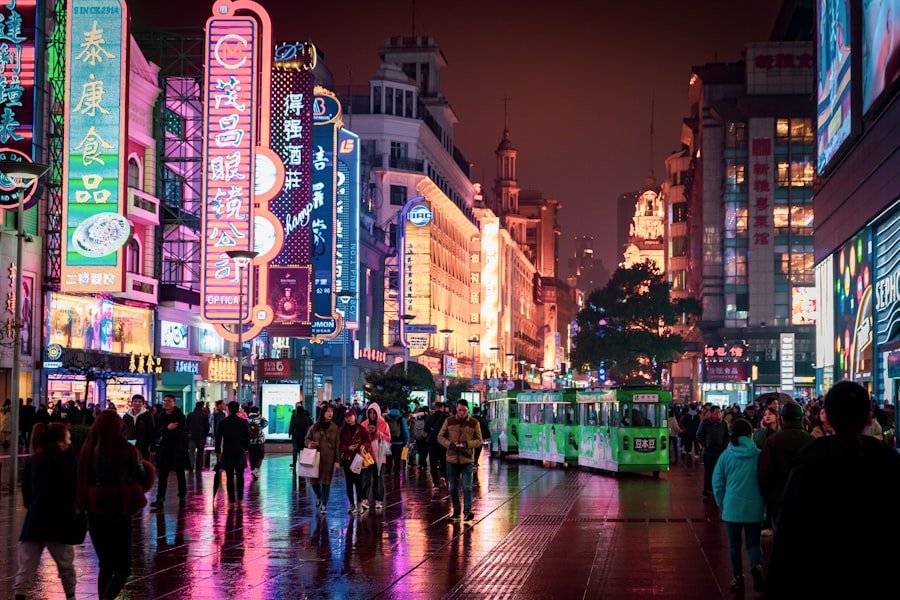
In today’s fast-paced world, making reservations has become an integral part of travel planning. Whether booking a table at a restaurant or securing accommodation, knowing how to communicate effectively is crucial. When making a reservation, it is advisable to provide essential details such as the date, time, and number of people attending.
For instance, saying “I would like to reserve a table for two at 7 PM tomorrow” conveys clarity and purpose. Once a reservation is made, confirming it is equally important. A simple phone call or email can help ensure that everything is in order.
Phrases like “I would like to confirm my reservation for…” or “Could you please verify that my booking is still valid?” are useful in this context. This not only demonstrates your commitment but also allows for any potential issues to be addressed before they arise.
Ordering Food and Drinks
Dining out is one of the joys of travelling, and knowing how to order food and drinks can enhance the experience significantly. When seated at a restaurant, it is customary to wait for the server to approach before placing your order. A polite way to initiate this process is by saying “Could I see the menu, please?” or “What do you recommend?” This not only shows respect but also opens up an opportunity for engaging conversation about local cuisine.
When it comes time to order, being specific about your choices can help avoid misunderstandings. For example, stating “I would like the grilled salmon with a side of vegetables” provides clarity. Additionally, if you have dietary restrictions or preferences, it is essential to communicate these clearly.
Phrases such as “I am allergic to nuts” or “Could I have that without gluten?” will ensure that your meal meets your needs while allowing the staff to assist you effectively.
Expressing Gratitude and Politeness
Politeness is a universal language that transcends cultural boundaries. Expressing gratitude is particularly important in fostering positive relationships during your travels. Simple phrases such as “Thank you” or “I appreciate your help” can leave a lasting impression on those who assist you along the way.
In Norway, saying “Takk” conveys your appreciation succinctly and warmly. Moreover, politeness extends beyond mere words; it encompasses body language and tone as well. A genuine smile or nod can reinforce your gratitude and make interactions more pleasant.
Additionally, when receiving assistance or service, acknowledging the effort with phrases like “That was very kind of you” or “You’ve been incredibly helpful” can create a more meaningful connection with others.
Handling Emergencies and Medical Situations
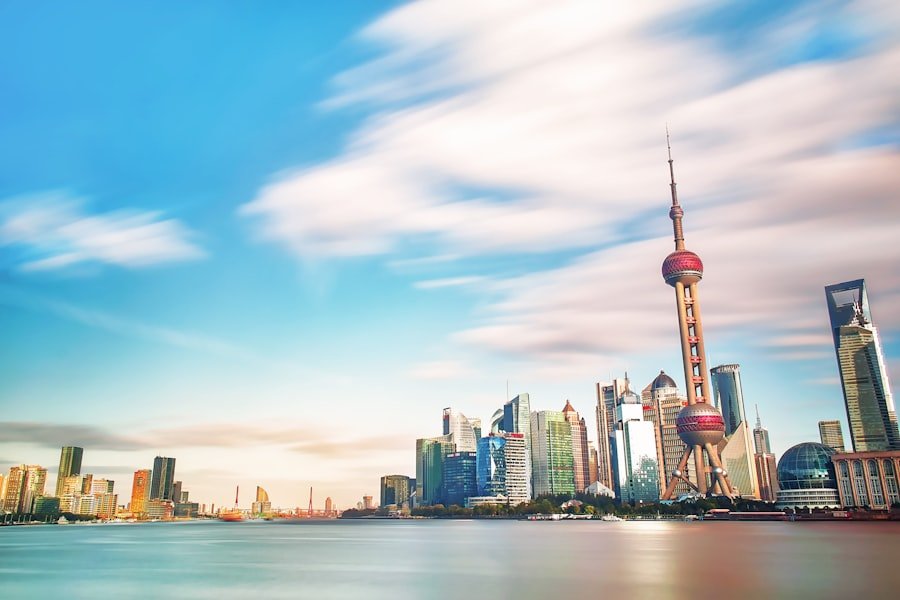
While travelling can be an exhilarating experience, it is essential to be prepared for emergencies and medical situations that may arise unexpectedly. Knowing how to communicate effectively in these scenarios can make all the difference. If you find yourself in need of medical assistance, approaching someone with urgency while remaining calm is crucial.
Phrases such as “I need help!” or “Where is the nearest hospital?” can convey your need for immediate support. In addition to seeking help, understanding how to describe your symptoms or situation is vital when interacting with medical professionals. Using clear language and being specific about your condition can facilitate quicker assistance.
For instance, stating “I have a severe headache” or “I’ve injured my ankle” provides essential information that can lead to appropriate care.
Shopping and Making Purchases
Shopping while travelling offers an opportunity to immerse oneself in local culture and discover unique products. When entering a shop, greeting the staff with a friendly “Hello” sets a positive tone for your shopping experience. If you have specific items in mind, phrases like “I am looking for…” or “Do you have any recommendations?” can guide your search effectively.
When it comes time to make a purchase, knowing how to communicate your intentions clearly is essential. Phrases such as “I would like to buy this” or “Can I pay with a credit card?” ensure that the transaction proceeds smoothly. Additionally, expressing appreciation after completing your purchase with a simple “Thank you” leaves a positive impression on the shopkeeper and enhances your overall experience.
Making Small Talk and Conversation Starters
Engaging in small talk can be an excellent way to connect with locals and fellow travellers alike. Initiating conversations with open-ended questions encourages dialogue and fosters relationships. Phrases like “What brings you here?” or “Have you tried any local dishes?” invite others to share their experiences and insights.
Moreover, being attentive to your surroundings can provide ample opportunities for conversation starters. Commenting on the weather or local events can lead to engaging discussions. For instance, saying “Isn’t this city beautiful in autumn?” or “Have you heard about the upcoming festival?” demonstrates genuine interest in the environment and encourages others to share their thoughts.
Understanding Announcements and Signs
Navigating public spaces often involves interpreting announcements and signs that provide essential information. Familiarising yourself with common phrases used in announcements can enhance your understanding of what is happening around you. For example, phrases like “Attention please” or “The next train will arrive shortly” are frequently used in transportation settings.
Additionally, being able to read signs is crucial for effective navigation. Many signs are accompanied by symbols that convey meaning even if the text is in another language. Familiarising yourself with common symbols related to directions, services, or warnings can aid in understanding your surroundings better.
Dealing with Luggage and Baggage Claim
After arriving at your destination, dealing with luggage and baggage claim becomes a priority. Knowing how to communicate effectively in this context can alleviate stress during travel transitions. When approaching baggage claim areas, phrases like “Where do I collect my luggage?” or “Is this the right carousel for my flight?” are helpful in ensuring you retrieve your belongings without confusion.
In cases where luggage goes missing or is delayed, knowing how to report the issue is essential. Approaching airline staff with clear information about your flight and baggage details will facilitate quicker resolution of the problem. Phrases such as “My luggage did not arrive on my flight” or “Can you assist me in locating my bag?” will help convey urgency while remaining polite.
Saying Goodbye and Farewells
As every journey comes to an end, knowing how to say goodbye gracefully is important in leaving a positive impression on those you’ve met along the way. In many cultures, farewells are accompanied by expressions of gratitude for shared experiences. Phrases like “It was lovely meeting you” or “Thank you for your hospitality” convey appreciation while marking the conclusion of an interaction.
Additionally, offering well wishes for future encounters can leave a lasting impact on those you’ve connected with during your travels. Saying something like “I hope we meet again someday” or “Safe travels!” reinforces goodwill and fosters connections that may last beyond your time together. As you navigate through various interactions during your travels, consider enhancing your language skills further by enrolling in Chinese courses at the NLS Norwegian Language School in Oslo.
These courses not only provide valuable language skills but also immerse you in cultural nuances that enrich your travel experiences. With expert instructors and tailored programmes designed for all levels of proficiency, NLS offers an excellent opportunity to expand your linguistic repertoire while exploring one of the world’s most widely spoken languages. Whether you’re planning a trip to China or simply wish to broaden your horizons, these courses will equip you with essential communication tools that will serve you well in any context.
Register for a Chinese class at the NLS Norwegian Language School now!
If you want to learn Norwegian, you can register for classes here. We look forward to hearing from you and helping you become fluent in Norwegian.

